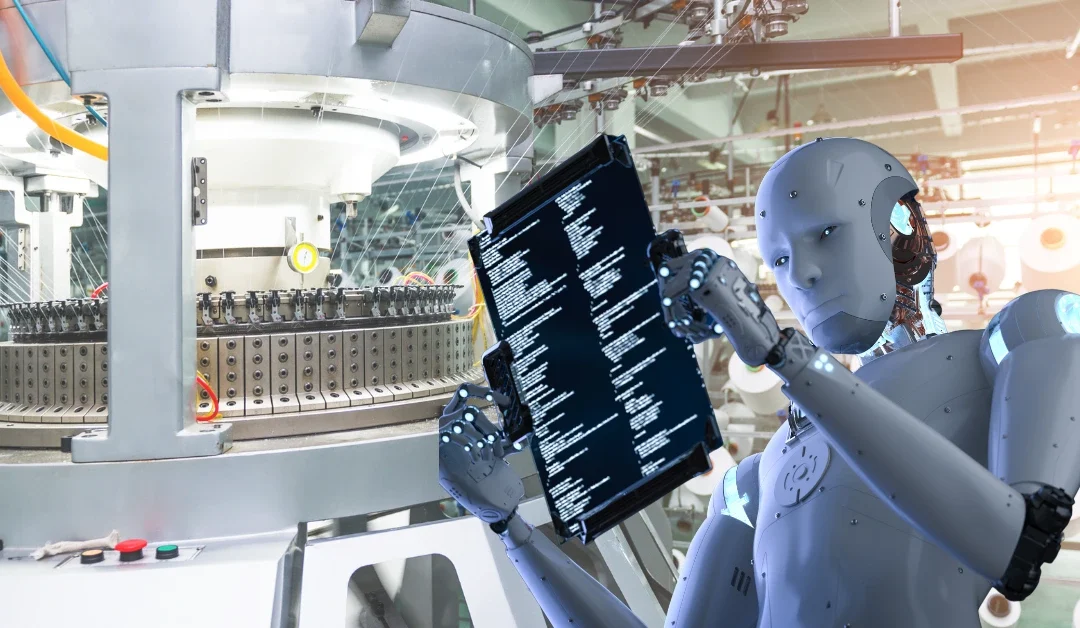In today’s fast-paced industrial environment, minimizing downtime is crucial. Reducing downtime with stroboscope inspection is a powerful strategy employed by industries to ensure machinery operates with minimal interruptions. This innovative technique not only enhances productivity but also extends the lifespan of equipment.

Understanding the Importance of Downtime Reduction
Downtime refers to the period when machinery is not operational. It can lead to significant losses, affecting both productivity and profitability. The goal of every industry is to reduce these interruptions to ensure seamless operations.
What is Stroboscope Inspection?
A stroboscope is a device that uses flashes of light to make a cyclically moving object appear stationary. This is particularly useful in inspecting machinery parts, allowing for precise examination without stopping the machine. Learn more about LED stroboscopes.
Principle of Operation
Stroboscopes operate on the principle of matching the flashing frequency of the light with the frequency of the objects movement. When synchronized, the object appears still, allowing detailed inspection.
Applications of Stroboscope Inspection
This technique is widely used in various industries such as automotive, manufacturing, and aerospace for tasks like automotive part testing.
Benefits of Using Stroboscope Inspection
The primary advantage of using stroboscope inspection is the significant reduction in downtime. It allows for real-time inspection, reducing the need for complete machine shutdowns.
Enhanced Accuracy
Stroboscope inspection provides enhanced accuracy in detecting faults and irregularities, which are often missed by traditional inspection methods.
Cost-Effective Solution
By minimizing downtime and avoiding unnecessary repairs, stroboscope inspection proves to be a cost-effective solution for industries focused on efficiency and profitability.
Implementing Stroboscope Inspection in Your Industry
Industries looking to implement this technology should consider investing in quality stroboscopes and training their staff on how to use them effectively.
Choosing the Right Equipment
When selecting a stroboscope, consider factors such as the required flashing frequency, the type of light source, and compatibility with existing machinery. Check out flashing frequency options available.
Training and Safety
Proper training is essential to ensure safety and efficiency. Employees should be trained to handle stroboscopes and interpret the inspection results accurately.
Case Studies on Successful Implementation
Several companies have successfully implemented stroboscope inspection, resulting in reduced downtime and increased productivity.
Automotive Industry
In the automotive sector, stroboscope inspection has been instrumental in enhancing the quality of manufactured parts. Visit automotive testing innovations.
Manufacturing Industry
Manufacturers have reported a decrease in production halts and an improvement in product quality due to regular stroboscope inspections.
Challenges and Solutions
While stroboscope inspection offers numerous benefits, there are challenges such as the initial investment and the need for skilled personnel. However, the long-term benefits outweigh these initial hurdles.
Overcoming Initial Costs
Although the initial purchase of stroboscopes may be costly, the return on investment through reduced downtime and maintenance costs is substantial.
Training Skilled Personnel
Investing in training programs can help in overcoming the challenge of skill gaps, ensuring effective use of stroboscopes.
The Future of Stroboscope Inspection
As industries continue to focus on efficiency and productivity, the use of stroboscope inspection is expected to grow. Innovations in technology will likely lead to more advanced and user-friendly stroboscopes.
Technological Advancements
Future developments may include more compact and versatile stroboscopes that can be integrated with other inspection tools for comprehensive analysis.
Increased Adoption
With proven benefits, more industries are expected to adopt stroboscope inspection as a standard practice for maintenance and quality assurance.
Conclusion
In conclusion, reducing downtime with stroboscope inspection is a strategic move for any industry aiming to enhance productivity and efficiency. By understanding its benefits and overcoming initial challenges, industries can significantly improve their operational processes.

Frequently Asked Questions
What is the main benefit of using stroboscope inspection?
The main benefit is the reduction of machine downtime, which leads to increased efficiency and cost savings.
How does a stroboscope work?
A stroboscope works by emitting flashes of light that synchronize with a moving object’s frequency, making it appear stationary for inspection.
Can stroboscope inspection be used in all industries?
Yes, it is versatile and can be used in various industries, including automotive, manufacturing, and aerospace. Learn more about stroboscope applications.
This article contains affiliate links. We may earn a commission at no extra cost to you.
